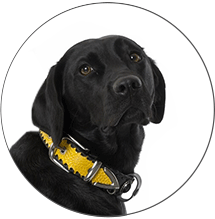Wolfhart gave me a book. As a present. From Eduard. About maps. I flipped through the pages. Then I got hungry. The dog food is sent by post. Produced in A. I live in D. In B and C, there are hungry dogs as well. Have a look. As if it were real. A real map. Between A and B the street is winding like a worm. Same between C and D.


Fig. 110 Transportation route A-B-C-D displayed topographically (left)
Fig. 111 Transport volume on the simplified route A-B and B-C and C-D (right)
Source: Eduard Imhof, Special subject cartography (in German: Thematische Kartografie), Berlin
How many parcels are left for me? Have a look at fig. 111. It’s still a pretty nice map. It still looks as if it were real. And you see the parcels.


Fig. 112 Transport volume from A to B and from B to C and from C to D. Transportation routes are stretched (left)
Fig. 113 Transport volume from A to B, from A to C, from A to D, without specification of the route (right)
Source: there again, page 193.
Have a look at fig. 112. Lots of map. Lots of statistic. It doesn’t look as if it were real anymore. And have a look at fig. 113. That’s for the post office. The want to know how much they can charge. From every hungry dog. Doesn’t look real at all. But it’s correct. For this purpose.
They are all correct. For their own purpose. See: not only the real things are correct.
